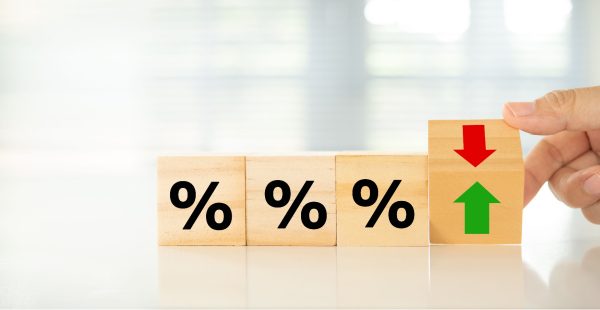RBA meets market consensus with further rate hold

The Reserve Bank of Australia (RBA) has continued to offer mortgage holders reprieve with its third hold of the year, keeping the official cash rate at 4.35 per cent.
At its latest Board meeting today, the central bank spoke to recent inflation data that indicated while it is moderating, it is doing so slower than expected.
“Higher interest rates have been working to bring aggregate demand and supply somewhat closer towards balance. But the data indicate continuing excess demand in the economy, coupled with strong domestic cost pressures, both for labour and non-labour inputs,” its statement said.
“Conditions in the labour market have eased over the past year, but remain tighter than is consistent with sustained full employment and inflation at target. Wages growth appears to have peaked but is still above the level that can be sustained given trend productivity growth.
“Meanwhile, inflation is still weighing on people’s real incomes and output growth has been subdued, reflecting weak household consumption growth.”
The RBA also pointed to concerns about the “persistence of services inflation”, dampening the spirits as inflation continues to follow expectations of declining over 2025 and 2026 and returning to target of two to three per cent by the second half of 2025.
“In the near term, inflation is forecast to be higher because of the recent rise in domestic petrol prices, and higher than expected services price inflation, which is now forecast to decline more slowly over the rest of the year,” the statement said.
“[Services inflation] is expected to ease more slowly than previously forecast, reflecting stronger labour market conditions including a more gradual increase in the unemployment rate and the broader underutilisation rate.
“Growth in unit labour costs also remains very high. It has begun to moderate slightly as measured productivity growth picked up in the second half of last year. This trend needs to be sustained over time if inflation is to continue to decline.
“At the same time, household consumption growth has been particularly weak as high inflation and the earlier rises in interest rates have affected real disposable income. In response, households have been curbing discretionary spending and maintaining their saving. Real incomes have now stabilised and are expected to grow later in the year, supporting growth in consumption.
“But there is a risk that household consumption picks up more slowly than expected, resulting in continued subdued output growth and a noticeable deterioration in the labour market.”
The Board emphasised its priority is still centred around returning inflation target, and said it will not “rule anything in or out” to achieve that goal.
“The Board expects that it will be some time yet before inflation is sustainably in the target range and will remain vigilant to upside risks. The path of interest rates that will best ensure that inflation returns to target in a reasonable timeframe remains uncertain.”
Harvey Bradley, Portfolio Manager at Insight Investment, said the market should expect further rate holds or potentially a hike, with no cuts in sight until the RBA is confident inflation has been returned to target in a “sustainable” way.
“The economic data since the previous meeting has started to challenge the narrative of ongoing moderation of growth and inflation and has moved the economic surprise indices to positive territory,” he said.
“This has left the market wondering whether the next move in rates for the RBA might need to be a hike rather than a cut. The RBA has subsequently moved to a more balanced outlook in the near term which is at odds with most other central banks who continue to signal the next move in rates will most likely be down.”












Yeah, add this to the track list of Canberra's greatest hits.
What about the genesis of the term "Qualified Adviser". Did we ever learn of the clown who devised that term…
AMP don’t have any control over where the linked adviser channel places their business. The Joint parliamentary committee seems to…
Too little too late … they will dismiss you like your nothing!!
Is it clear who instructed Dixon remain as an AFCA member? There was a question on notice in the senate…